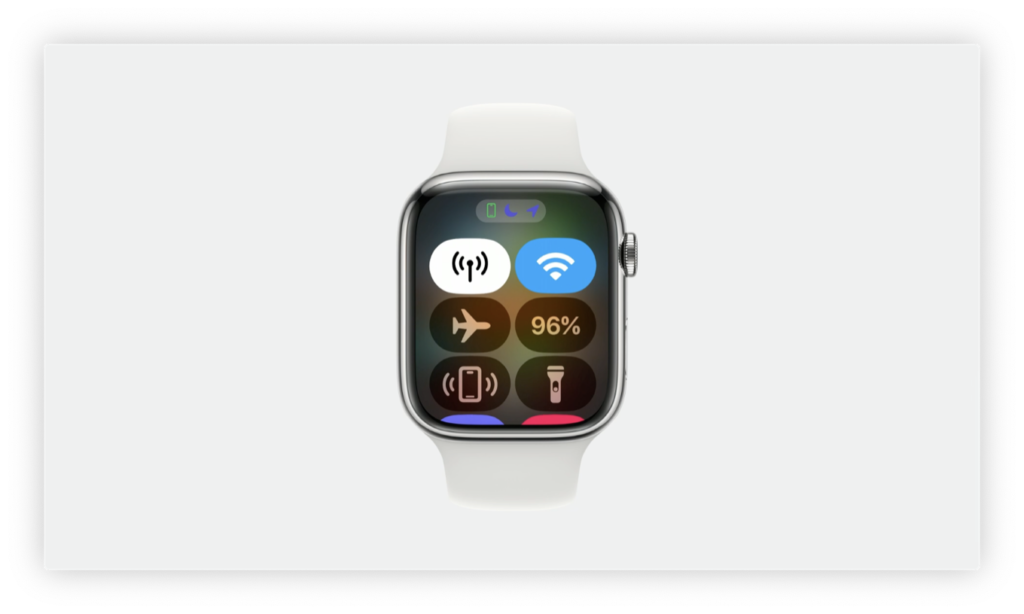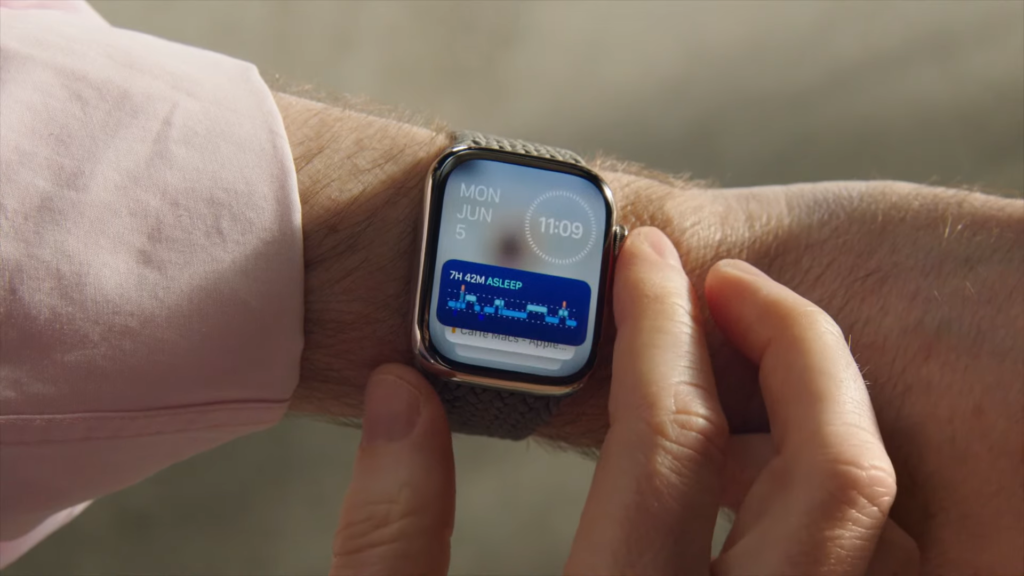Apple’s 2024 WWDC was unlike anything we’ve seen before. For the first time, Apple seemed to be playing catch-up with Android and Google, bringing many customizations to iOS 18 that we’ve had on Android for years. The company also unveiled Apple Intelligence, its own Gemini-like personal intelligence system, bringing AI features to the Apple ecosystem for the first time — some of which are already on Android, like AI photo editing.
However, in typical Apple fashion, the company also introduced a couple of new, perhaps niche, features that some will find really useful, like adjusting daily goals and pausing activity streaks. Apple Watch enthusiasts will undoubtedly appreciate these, but I hope Samsung, Google, and OnePlus introduce similar features to their Wear OS smartwatches.
Everything Apple copied from Android at WWDC 2024
Welcome to the party, pal
Apple Watch now lets you set and adjust daily goals
Making it easier to fit in a rest day
The Apple Watch’s Activity Rings have been a defining feature of the device, “gamifying” fitness in a way no other brand has been able to, and encouraging users to close the rings (and stay active while doing it). For those unaware, the Apple Watch’s rings mainly track the user’s movement (calories burned), active minutes, and the number of hours they stood for at least one minute.
In fact, the entire Apple Watch, rings, and iPhone ecosystem are so engaging that many people — myself included — find it hard to leave them behind. However, no matter how encouraging the whole ring feature is, it sometimes creates pressure and mental blocks, causing users to feel compelled to work out when they don’t want to.
Even when they’re feeling unwell or traveling, people can push themselves to work out just to maintain their activity ring streak. They’re reluctant to break their progress, so they continue exercising even if it’s detrimental to their health. But just so they don’t lose their progress, they work out and train anyway.
Thankfully, with the latest watchOS 11 update, Apple is addressing this issue. Rather than a rigid one-size-fits-all approach, watchOS 11 will finally allow users to set and adjust daily goals for the Move, Exercise, and Stand rings based on their schedule and energy levels. Now, if users need to take a day to rest due to illness or injury, or simply want a break, they can do so without worry.
This is particularly useful for someone who plans workouts in advance, including rest days when they may not complete their typical movement goals. Instead of feeling pressured to maintain an unbroken activity streak, this feature lets users pause it for as long as they want, allowing their bodies to properly rest and recover without the guilt of harming their progress. It’s another useful trick in the Apple Watch’s arsenal.
14 best Apple Watch tips and tricks
Your Apple Watch is far more capable than you think
I hope Wear OS adopts a similar approach
Learn from your competition
This is something I want Android to have. While the current Wear OS ecosystem has more or less matched the Apple Watch’s fitness tracking capabilities, with watches counting steps, monitoring heart rate, and tracking workouts, the overall health tracking experience — whether it’s Fitbit, Samsung Health, or somethings else — has always felt basic and a little dull.
While some may argue that smartwatches from Samsung, Google, and OnePlus offer more features and health tracking metrics than the Apple Watch — stress monitoring being a prime example — the Apple Watch has always delivered a slightly more inclusive and motivating fitness tracking experience.
Given modern Wear OS shifts the onus of health tracking onto the watch manufacturer (Google Fit does still exist, but it’s no longer the default), Google can’t unilaterally add new fitness functionality to all Wear OS watches the way Apple can with Apple Watches. But if one major Wear OS player adopts similar features, others will surely follow.
By incorporating these features — not necessarily these exact features, but I’d still like to see Wear OS watchmakers adopt something similar — Wear OS would feel more inclusive than it does now. I believe personalization and user-friendliness are key for smartwatch operating systems, and Wear OS is currently lacking in that area compared to watchOS.
Best Android smartwatches in 2024
Now with Wear OS 4
Source: Read More
Author (if provided):


